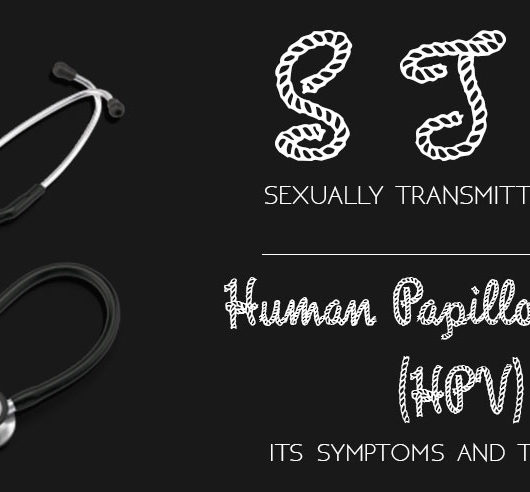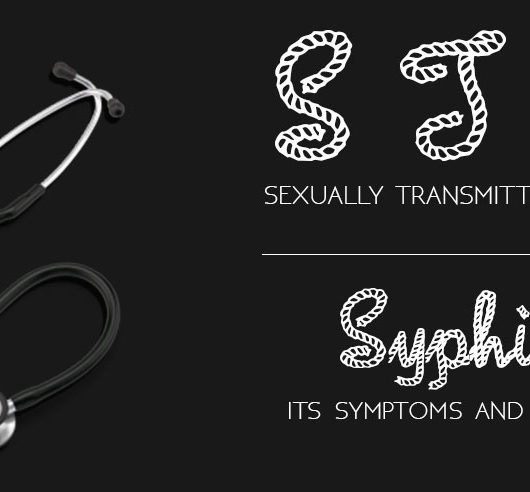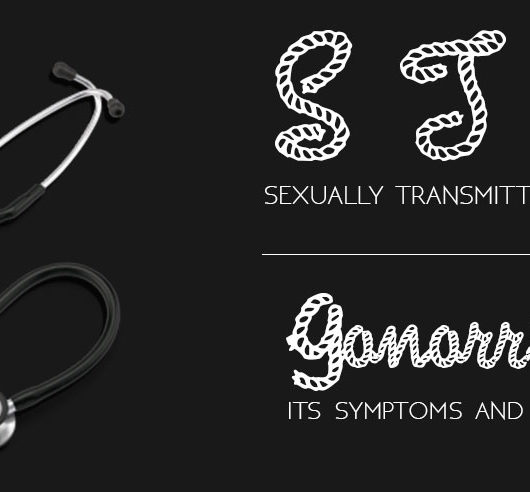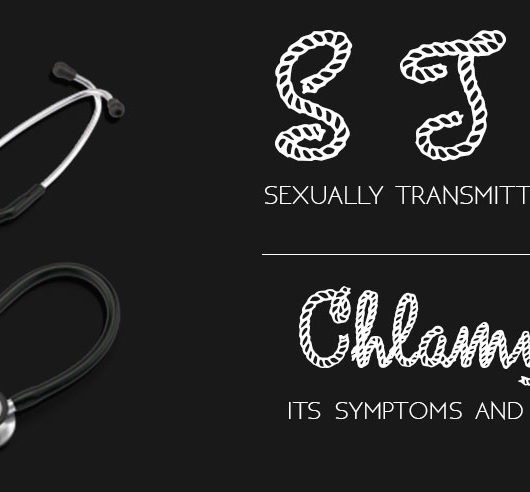Mention some facts regarding the Sexually Transmitted Diseases (STDs)
Common facts:
- Syphilis, Gonorrhea, Chlamydia and Trichomoniasis are treatable & curable STDs, while Hepatitis B, Herpes Simplex Virus (HSV or herpes), HIV, and Human Papillomavirus (HPV) are treatable to reduce symptoms, but not curable.
- Though Syphilis, Gonorrhea, Chlamydia and Trichomoniasis are curable, if not treated, can lead to death, infertility, birth defects and miscarriages.
- Human Papillomavirus (HPV) is the most vastly spreading STD among others and is mostly the cause for cervical cancer and genital warts.
- Women and children are more prone to the risk of STI/STD than men leading to permanent consequences; in women, Syphilis is the most common STI.
- There are very either no or minimal initial symptoms for most of the STIs/STDs.
- Though condoms are recommended for practicing safe sex, it might not be 100% effective in terms of preventing the transfer of STIs.
Common myths:
- People believe that STIs/STDs are acquired only through the act of unsafe sex practice, which is only half truth. There are also other ways of acquiring or transferring STIs/STDs such as transfer of infection to the baby of the pregnant woman or or through shared usage of needles or syringes who is infected by STI.
- Some also believe that STIs/STDs are contracted when we have a mere physical contact with the affected person, which is not true. Touching, hugging, kissing, coughing, sneezing, sharing food or clothing and using toilets do not result in acquisition of STIs/STDs.
- There is a myth surrounding people in India that having sexual relationship with a Virgin girl can cure the STDs, which is not true. It only results in the transmission of STIs to the other person.
Statistics:
- According to 2016 WHO report, about 1 million STIs are acquired every day worldwide, in which:
- 131 million reported Chlamydia
- 78 million reported Gonorrhea
- 6 million reported Syphilis
- 143 million reported Trichomoniasis
- 500 million reported Genital Herpes Simplex Virus (HSV)
- Out of the 1 million STIs acquired, 50% of them are young adults between the ages of 15 to 24. However, only 25% of them have involved themselves in unsafe sexual relationships.
- Each year, about 266,000 deaths are caused due to cervical cancer as a result of Human Papillomavirus (HPV) infection.
- HIV leading to AIDs is more prevalent in Sub-Saharan Africa, where about 5% of the entire population is infected by the virus.
- Syphilis is the most common STIs/STDs causing serious problems in India accounting to about 40% of the cases.
Facebook Comments










